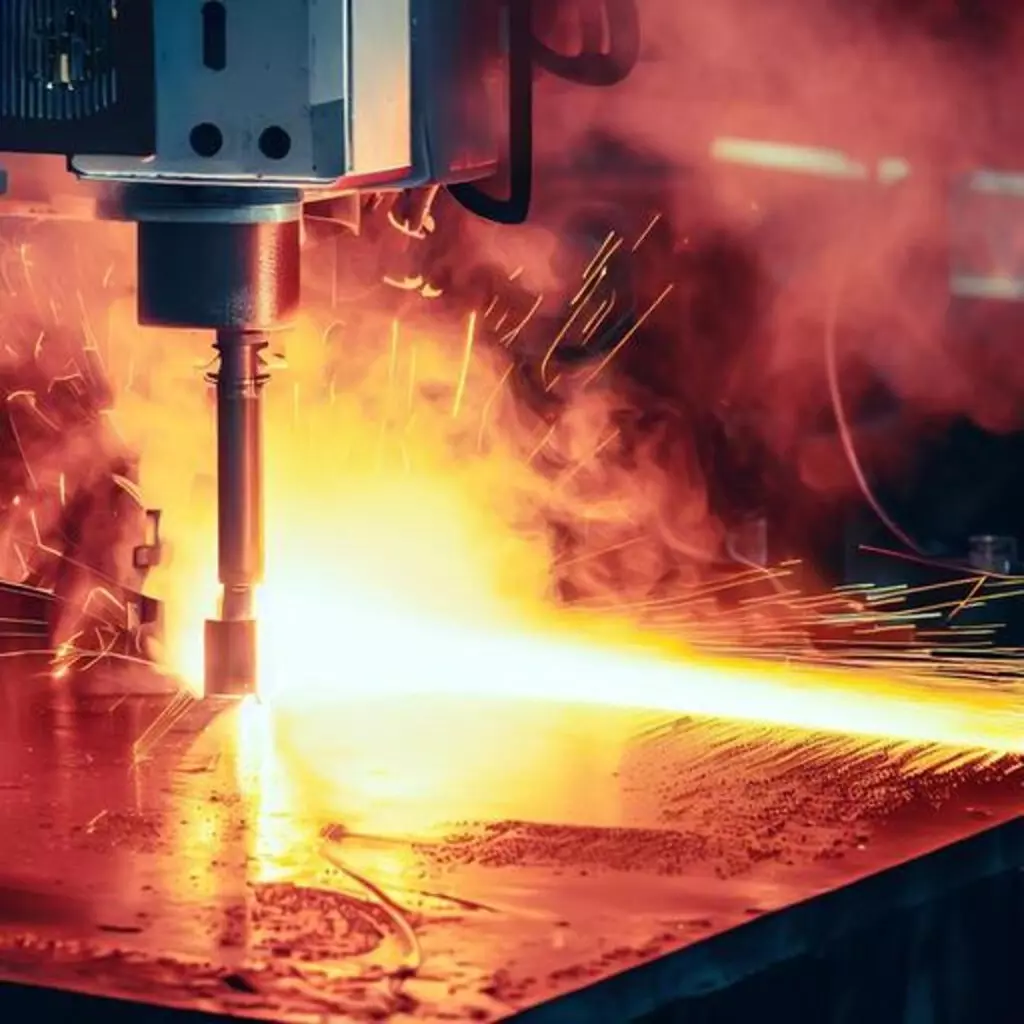Mastering the Art of Metal Cutting: Techniques, Tools, and Applications

Metal cutting is a fundamental process in the manufacturing industry, involving the removal of unwanted material from a workpiece to create a desired shape or size. This article explores the various techniques, tools, and applications of metal cutting, shedding light on this essential aspect of metal fabrication.
- Cutting Techniques
1.1. Traditional Cutting: Traditional cutting methods involve the use of manual tools such as saws, shears, and chisels. While these techniques are still used for simple cuts, they are limited in terms of precision and efficiency.
1.2. Mechanical Cutting: Mechanical cutting utilizes machine tools such as bandsaws, circular saws, and milling machines. These tools employ rotating blades or cutting edges to remove material. Mechanical cutting offers increased accuracy, speed, and the ability to perform complex cuts.
1.3. Thermal Cutting: Thermal cutting methods utilize heat to melt or vaporize the material. Common thermal cutting techniques include oxy-fuel cutting, plasma cutting, and laser cutting. These methods are ideal for precise and intricate cuts on a wide range of metals.
- Cutting Tools
2.1. Saw Blades: Saw blades are commonly used for straight cuts in various metal applications. They come in different types, including hacksaw blades, bandsaw blades, and circular saw blades, each designed for specific cutting requirements.
2.2. Cutting Inserts: Cutting inserts are indexable cutting tools used in machining operations such as turning, milling, and drilling. They feature replaceable cutting edges made from hard materials such as carbide, offering high cutting speeds and extended tool life.
2.3. Cutting Wheels: Cutting wheels, commonly used in grinding and cutting operations, are abrasive tools that contain sharp abrasive grains bonded together. They are capable of cutting through hard metals and provide precise and smooth cuts.
2.4. Plasma Cutting Electrodes: Plasma cutting electrodes are essential components of the plasma cutting process. They create an electrical arc that generates a high-temperature plasma capable of melting and cutting through metal.
- Applications
3.1. Metal Fabrication: Metal cutting is an integral part of metal fabrication processes such as sheet metal cutting, pipe cutting, and profile cutting. These processes are crucial for creating components and structures used in various industries, including construction, automotive, and aerospace.
3.2. Metalworking: Metal cutting is essential in metalworking operations like turning, milling, and drilling. These processes shape and refine metal workpieces, enabling the creation of intricate components with tight tolerances.
3.3. Sculpture and Art: Metal cutting techniques are often utilized in artistic applications, allowing artists to shape and manipulate metal into intricate and expressive sculptures. From abstract pieces to lifelike sculptures, metal cutting opens up a world of artistic possibilities.
Conclusion
Metal cutting is a versatile and indispensable process in the manufacturing industry. Whether it’s shaping metal for industrial components, creating intricate designs, or producing works of art, mastering the art of metal cutting requires a deep understanding of the techniques, tools, and applications involved. With precision and skill, metal cutting allows us to transform raw materials into functional and aesthetically pleasing objects that drive innovation and enrich our lives.





You must be logged in to post a comment.